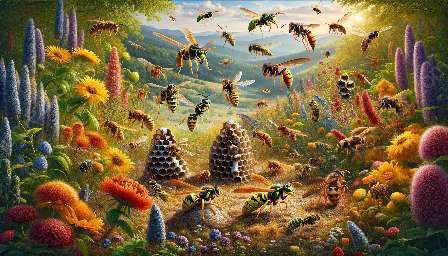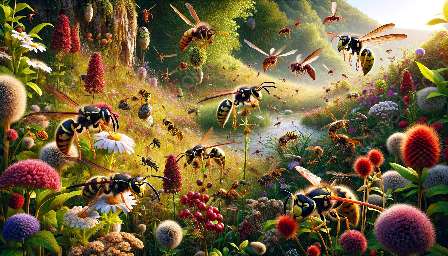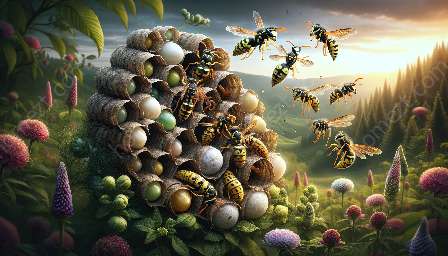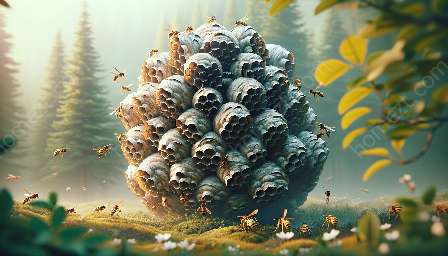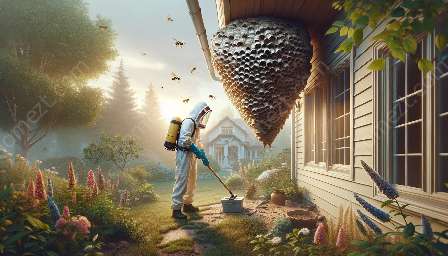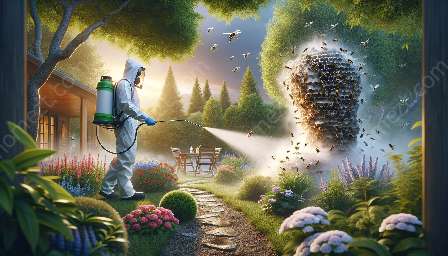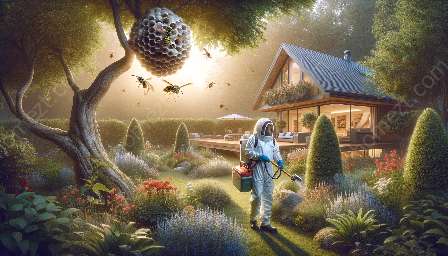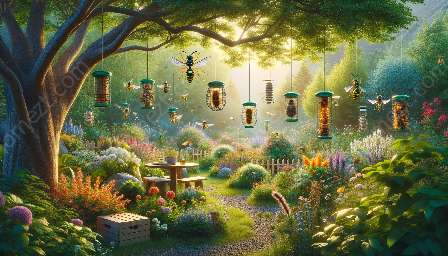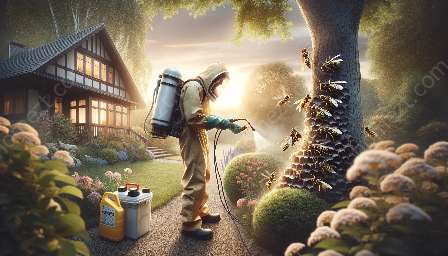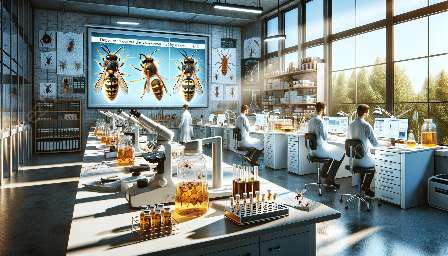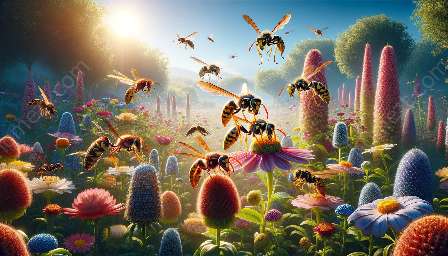Wasps are fascinating insects known for their stinging ability and distinctive life cycle. Understanding their life cycle is important for effective pest control and management. By learning about their stages of development, we can appreciate the crucial role wasps play in the ecosystem.
Overview of Wasps
Wasps are members of the insect order Hymenoptera, which also includes bees and ants. They are important for ecosystem balance through pollination and pest control. There are various species of wasps, such as paper wasps, yellow jackets, and hornets, each with its own unique life cycle and behavior.
Stages of the Wasp Life Cycle
The life cycle of a wasp consists of four main stages: egg, larva, pupa, and adult. Let's explore each stage in detail:
1. Egg Stage
The life cycle of a wasp begins when a queen wasp lays fertilized eggs. The queen carefully selects a suitable location and constructs a small cell in which to lay her eggs. The number of eggs laid varies depending on the species and environmental conditions.
2. Larva Stage
Once the eggs hatch, they give rise to grub-like larvae. The larvae are initially small and white, but they quickly grow in size as they feed on protein-rich food provided by adult wasps. During this stage, the larvae undergo rapid growth and development.
3. Pupa Stage
As the larvae reach full size, they enter the pupa stage. At this point, they undergo a remarkable transformation within a protective cocoon or cell. Inside the pupa, the larvae develop into fully formed adult wasps, undergoing various physiological changes to prepare for emerging as adults.
4. Adult Stage
Once the transformation is complete, the adult wasps emerge from their pupal cells. They are now fully developed and ready to take on their roles within the wasp colony. The adults are responsible for tasks such as foraging, caring for the young, and defending the nest.
Role of Wasps in Pest Control
Wasps play a crucial role in pest control by preying on a variety of insects. Many species of wasps are effective predators, targeting pests such as caterpillars, aphids, and flies. This natural pest control helps maintain a balanced ecosystem and reduces the damage caused by agricultural and garden pests.
Conclusion
Understanding the life cycle of wasps is important for appreciating their ecological significance and the benefits they provide, including natural pest control. By promoting a better understanding of wasps, we can coexist with them and harness their abilities to manage pest populations. The intricate life cycle of wasps demonstrates their importance in maintaining the delicate balance of the natural world.

